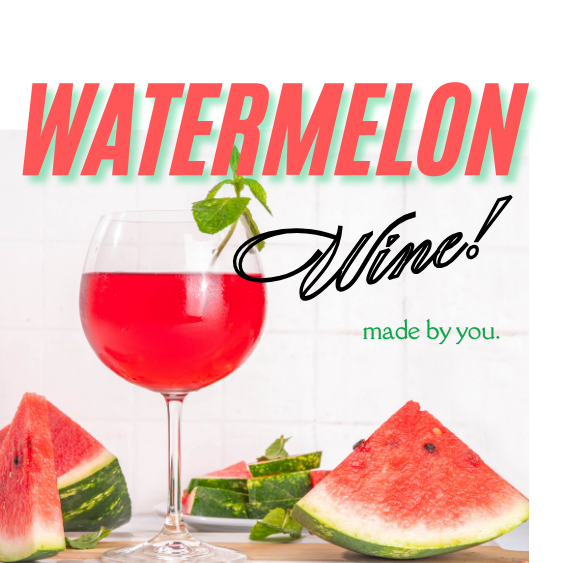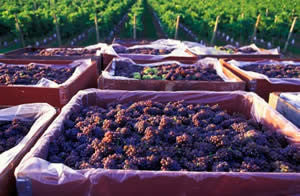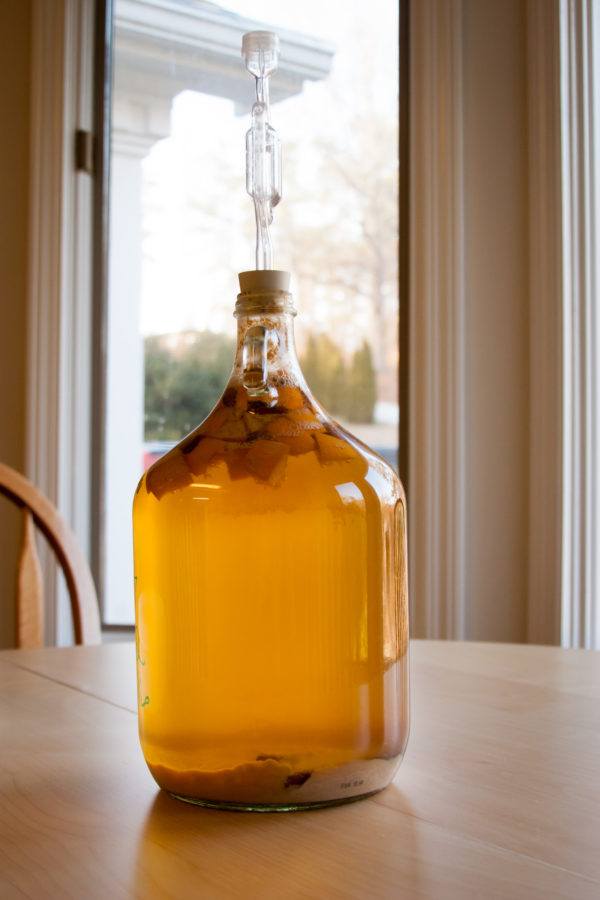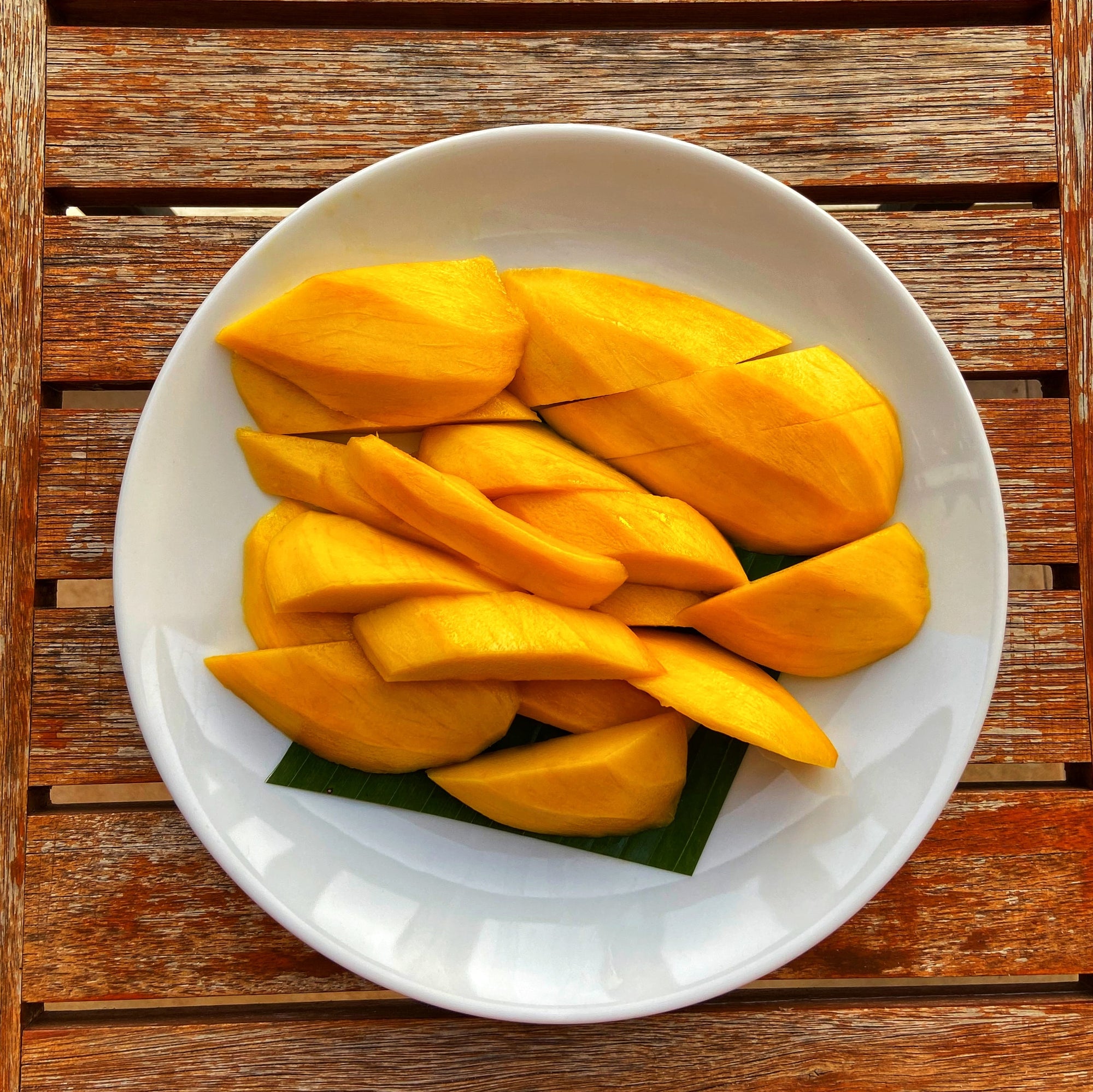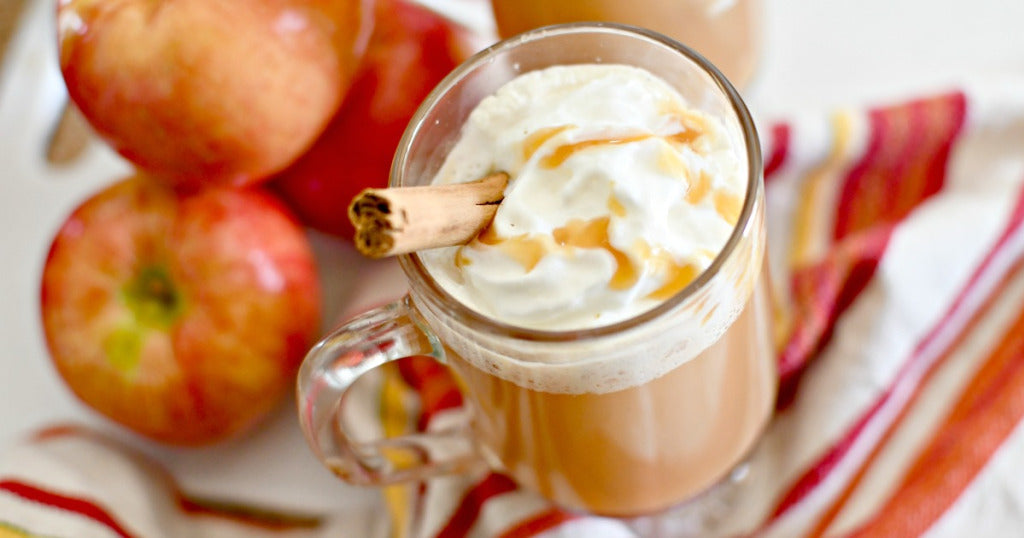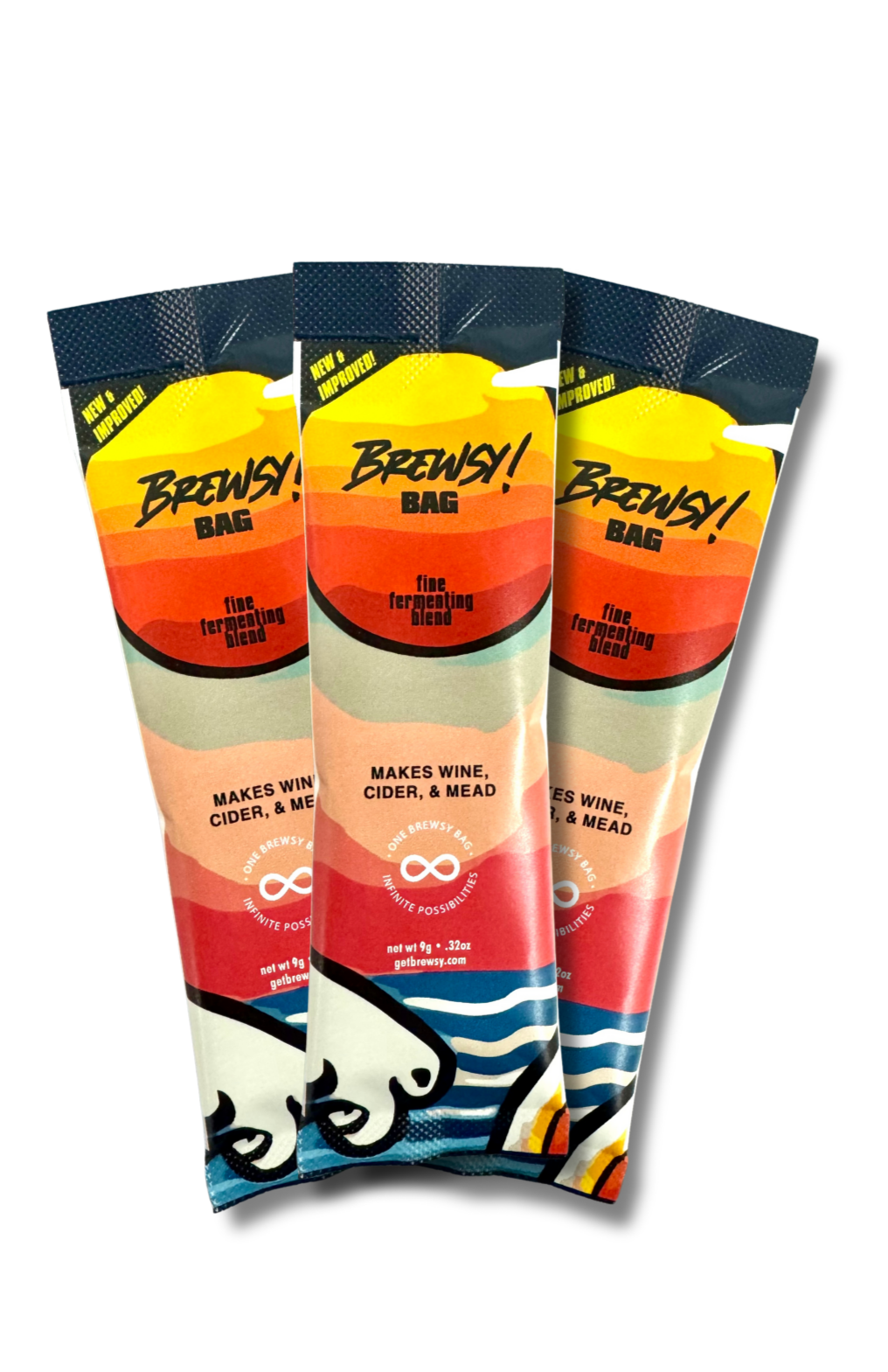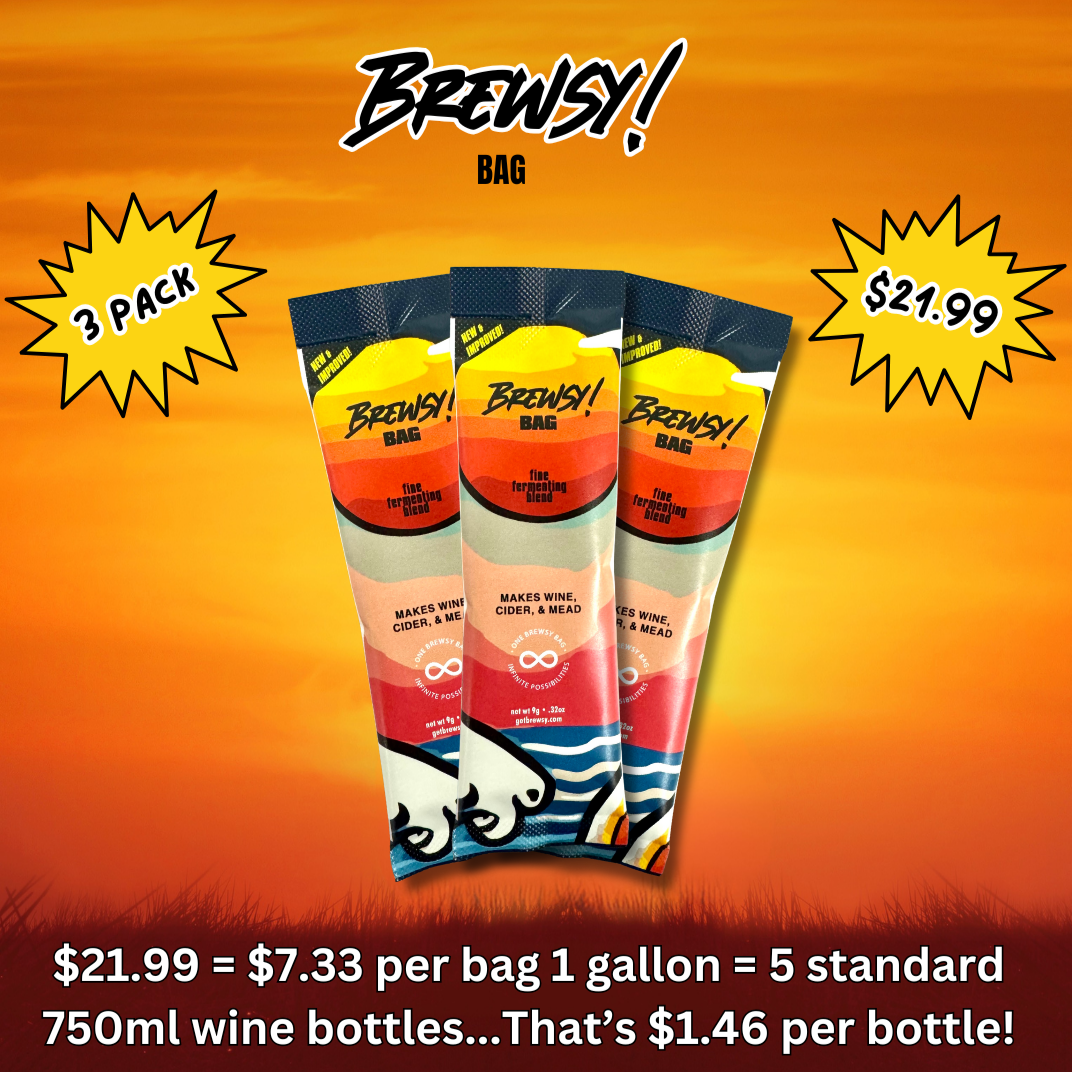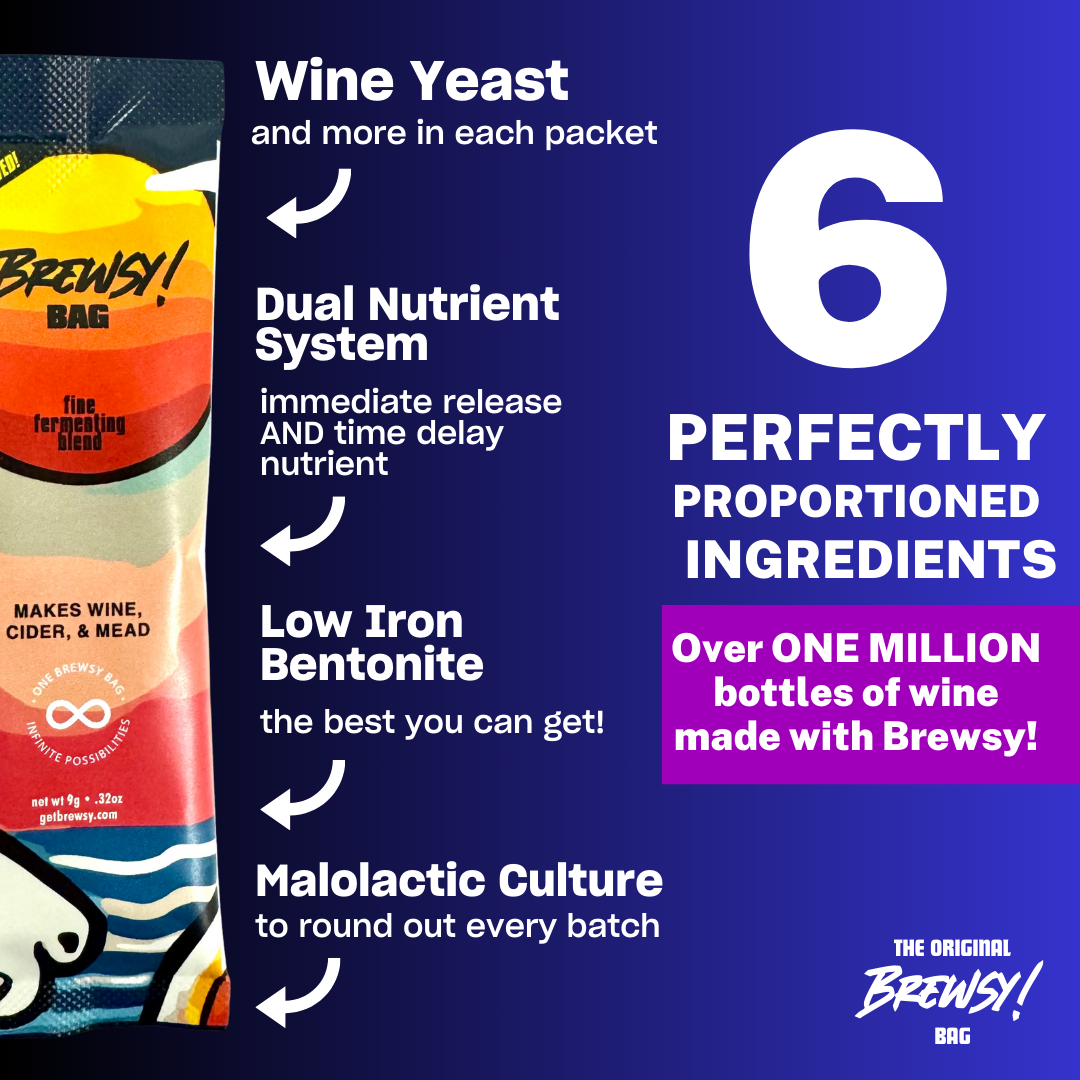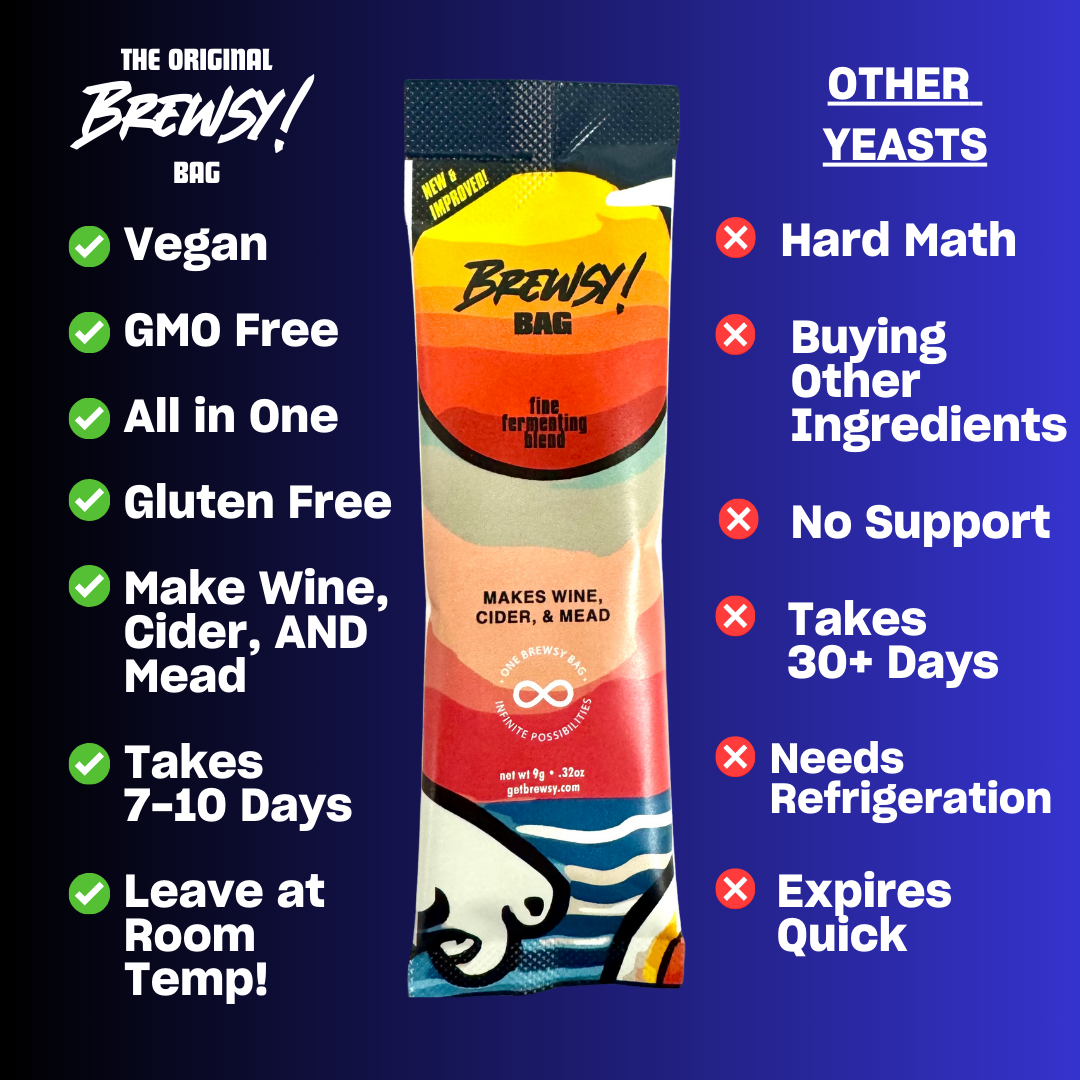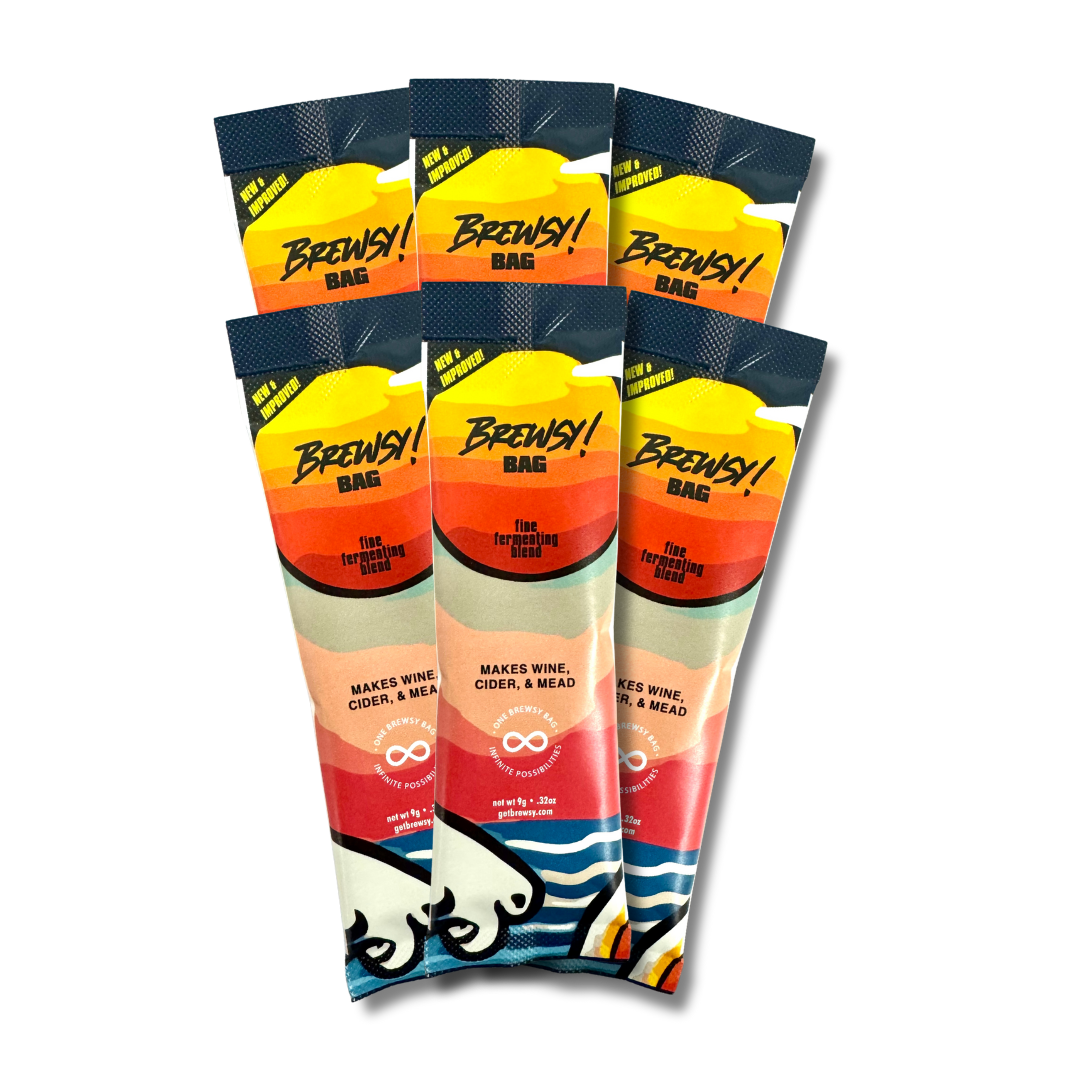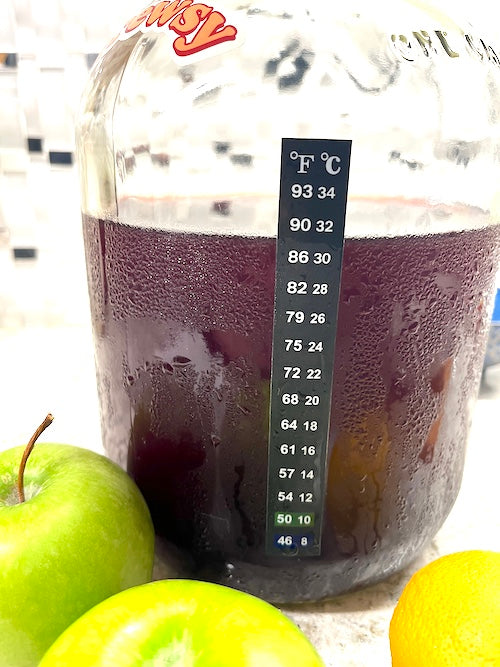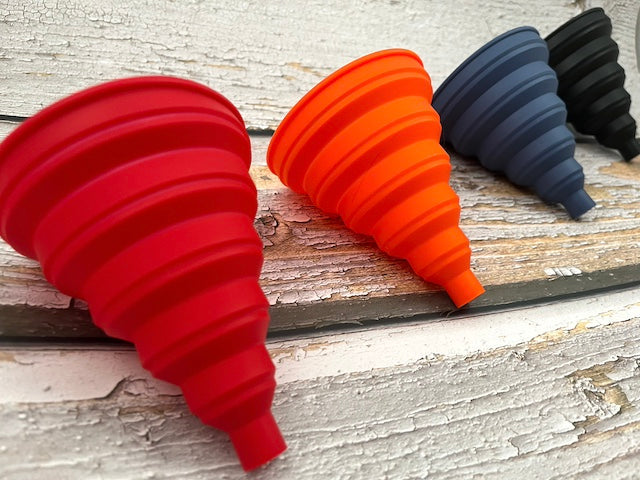
Wine and Food Pairing
While red wine pairings as well as white wine pairings have been discussed before, wine and food pairings as a whole go beyond what meal is best partnered with what wine.
In a multitude of cultures, wine has been a mainstay and staple at many a dining table because in a number of regions all over the world, both winemaking and the culinary arts evolved together. While wine pairing in general is a much recent occurrence when compared to both winemaking and the culinary arts, it has a become a phenomenon bigger than the sum of its parts, but, while many books and media have appeared over the years in regards to particular pairings, taste and flavor combinations are ultimately subjective. For example, traditionally, strong and bold wines such as Cabernet Sauvignon would be paired with an equally strongly flavored dish such as beef, thus, such as a red wine would overpower milder flavors such as chicken, however, that is not to say that is what some people prefer. There are guidelines, but there is no "perfect" pairing.
Wine pairings can often be complicated matters dealing with a wine's sugar level, tannins, and even alcohol by volume levels. On the other hand, cooking can also be a complex process itself dealing with the dish's main ingredients on top of a potential combination of spices, herbs, sweetness, and savoriness.
Originally, it can assumed that the wine paired with food was whatever was available at the time, and with the rise of winemakers and the evolution of cooking, these two have maintained a centuries-old relationship.
Despite pairings being a subjective matter, there are those that are considering classics. Because lamb has been a staple meat in Europe, red wines from the Bordeaux, Rioja, and Provence regions have been an example of a classic pairing with lamb. However, the color of the wine does not necessarily mean it will reflect the color of the meat or vegetable; the defining factor is the flavor profile of the food. A strong-flavored cheese such as asiago would nicely pair with a fruity red wine such as Zinfandel.
To be a bit more specific, the tastes and flavors in question of both the wine and the food is what is called the weight. For example, for food, the clear weight difference between a heavy red sauce pasta versus a delicate and light salad.
When it comes to wines, however, it is not just the grapes used that determine its weight but also tannins and even the vessel in which the wine was aged, so oak barrel-aged Chardonnay would be heavier than if it was aged in a stainless steel vat.
Ultimately, as wine and food pairings are subjective to each other's tastes, preferences, and also diet, feel free to pair whichever wine you want with whatever dish you want, however, it would not be a bad idea to give a classic pairing a try either.


